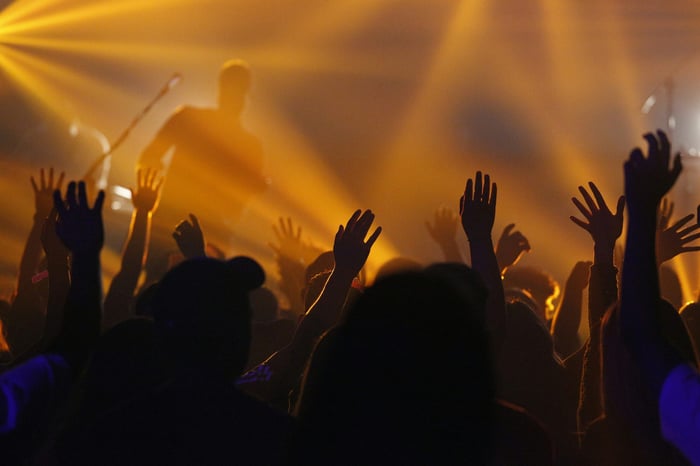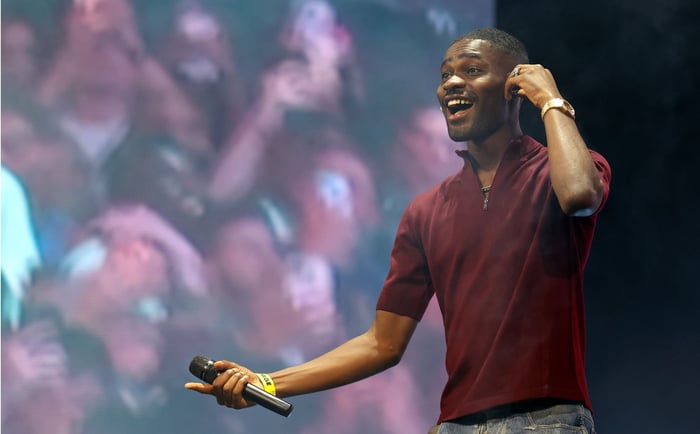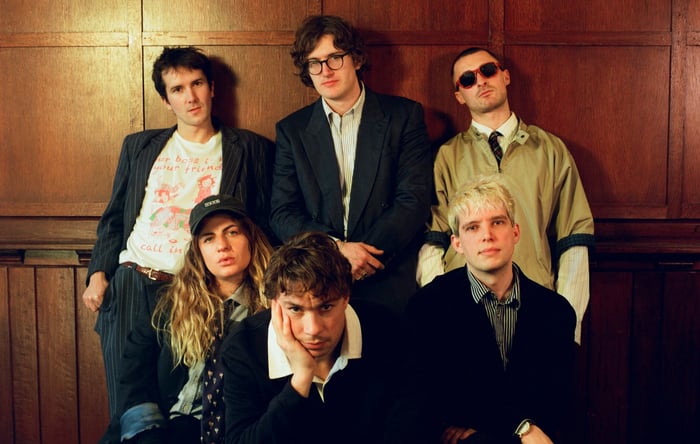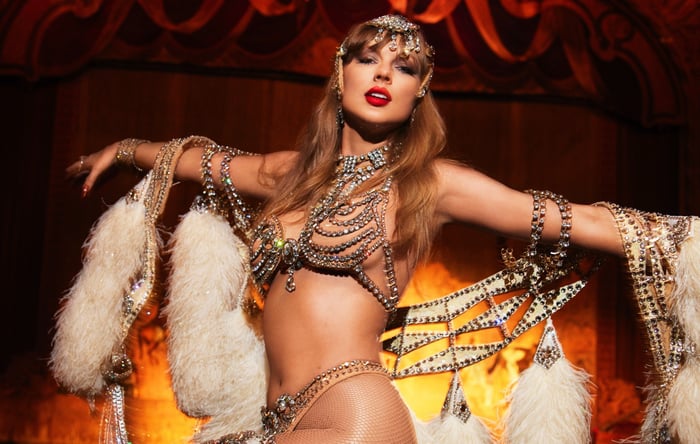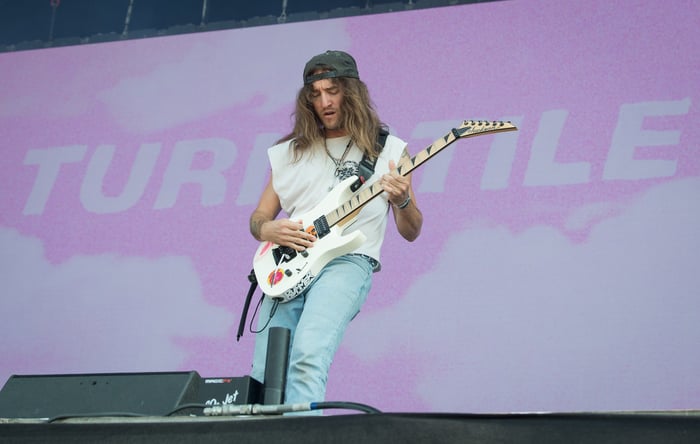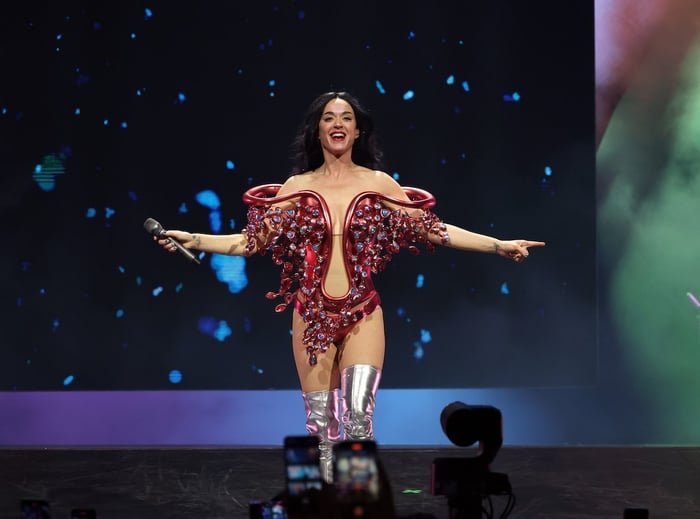
How Social Media Built the Stage for Artists—And Why It’s Now Pulling the Plug
How Social Media Built the Stage for Artists—And Why It’s Now Pulling the Plug
In an age where artists shine brighter online than ever before, social media’s grip on fan connections is loosening, leaving the music world at a crossroads.
The Live Music Scene at a Surprising Crossroads
If you’d told me a decade ago that stadium megastars like Beyoncé and Katy Perry would face ticket sales hurdles in the prime of their careers, I might have chuckled in disbelief. Yet here we are, witnessing exactly that shift. Despite their colossal online followings and cultural cachet, these icons are grappling with slower ticket demand. Meanwhile, bands like the All-American Rejects are swapping traditional venues for intimate backyard gigs that bring them closer to their communities.
What gives? The demand is still there; these artists remain powerhouses with massive fanbases. The puzzle lies not in their appeal but in how they engage those fans—and how the platforms that built their visibility might now be undermining their connection.
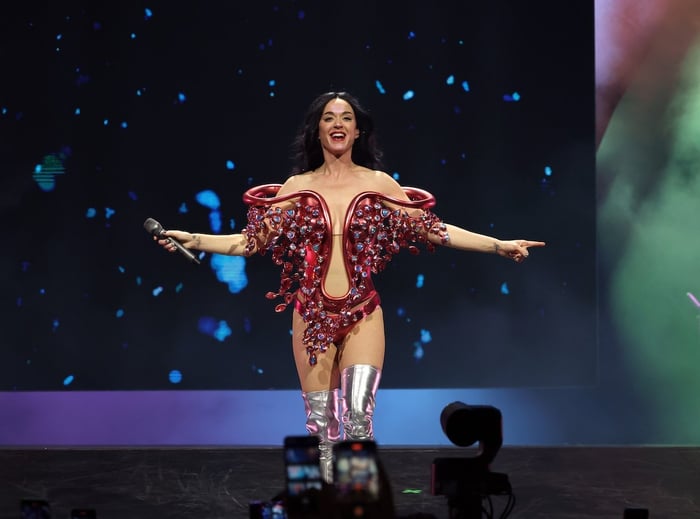
When Visibility Doesn’t Equal Connection
Here’s the kicker: social media’s promise was to create an equal playing field where anyone with talent and hustle could break through. It gave artists instant, global visibility. But visibility doesn’t always translate into meaningful connection anymore.
Instead, what’s happened is almost ironic—musicians are more “visible” than ever, but their relationships with fans feel shallower than ever. Social media platforms, designed primarily for content consumption and advertising, have turned fans into passive followers, and those followers into cold metrics on dashboards.
Remember the early 2000s internet scene? Fan clubs, forums, mailing lists—these were intimate communities where artists and fans truly connected. That sense of belonging cultivated loyalty that didn’t vanish with the next scroll or refresh.
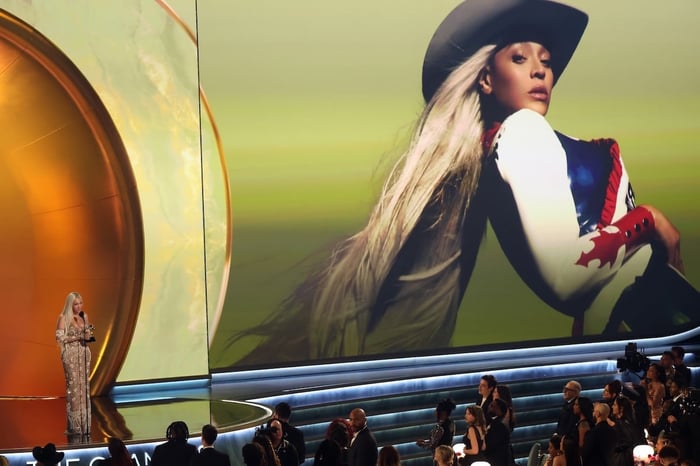
The Broken Feedback Loop of Social Media
Social media turned the artist-fan relationship upside down. Instead of direct, two-way communication, artists now navigate an algorithmic maze, hoping their content surfaces to the right eyes. The platforms reward the loudest voices and trend-chasing, while genuine creativity sometimes takes a backseat or burns out under the pressure.
What’s worse, the biggest creators don’t even own their fan data. They can’t personally email, text, or reach their fans on demand. When it’s time to sell tickets or merchandise, there’s no guarantee the platform’s algorithm will help—fans might never even see the posts.
This setup feels like renting an apartment where the landlord can change the locks any time. The artist is at the mercy of a system they don’t control, and that’s a shaky foundation to build a career on.
Rented Land and Vanishing Control
Imagine running a restaurant where each of your branches uses a different POS system and none share customer info. You’d never know who your loyal patrons are or how to reward them. That’s the patchwork reality many musicians face today.
Fan data is scattered across ticketing sites, streaming platforms, merchandise stores, and social media channels. None of it is connected or shared in a way that benefits the artist. This fractured data landscape means artists don’t truly “own” their fan relationships—they’re just fleeting guests.
Fortunately, some artists are pioneering new approaches. From Latin America to the U.S., tools like Sesh and platforms such as Discord offer direct, unfiltered communication channels. No app downloads, no pesky algorithms, no middlemen—just genuine interaction. Social media still has its place, but it's shifting from the main stage to the flyer on the bulletin board.
The Superfan Economy: Where the Future Lies
Goldman Sachs projects the “superfan economy” to surpass $4.3 billion soon. These superfans crave more than just music—they want exclusive access, participation, and experiences that go beyond the standard concert ticket.
Artists who recognize and can directly reach these superfans will flourish. Those stuck shouting at algorithm-driven feeds risk fading into oblivion. Direct-to-fan tools are no longer a luxury; they are a survival tactic.
What’s truly exciting? This shift offers artists creative freedom. Without depending on fickle algorithms, musicians can craft the content that truly resonates with their audience, experiment freely, and trust their fans to show up.
It’s a simple, empowering message: stop renting your fans. Own your audience, and you own your future.
Owning Your Audience Is the New Power Move
The acts that will thrive in the coming decade won’t necessarily be the ones with the biggest follower counts. Instead, they’ll be the ones who nurture the deepest, most authentic fan relationships.
The tools for this transformation already exist. The question is: will artists embrace ownership and community, or stay tangled in rented platforms?
“Stop renting your fans. True freedom means owning your audience.”
— Pepe del Río, Co-founder and CEO of Sesh
- How has social media changed artist-fan relationships?
Social media increased artists’ visibility but often replaces genuine connection with passive metrics and algorithm-driven reach, weakening fan engagement. - Why are big artists facing ticket sales challenges despite huge followings?
The disconnect comes from platforms controlling fan data and interactions, preventing true direct communication and loyalty-building. - What are direct-to-fan platforms, and why do they matter?
These tools allow artists to communicate directly with fans without algorithm interference, enabling stronger relationships and better monetization. - What is the “superfan economy”?
It refers to fans willing to pay more for exclusive access and experiences, making them invaluable for artists who can connect with them directly. - Can artists fully replace social media with direct fan communication?
Social media remains useful for exposure, but the foundation of a thriving career is owning the direct channel to fans for sustainable growth.
Ready to celebrate your favorite music legends beyond just streaming? Shop exclusive album cover posters that capture the magic of music history at our store—bring the stage home with you! Explore the collection here.
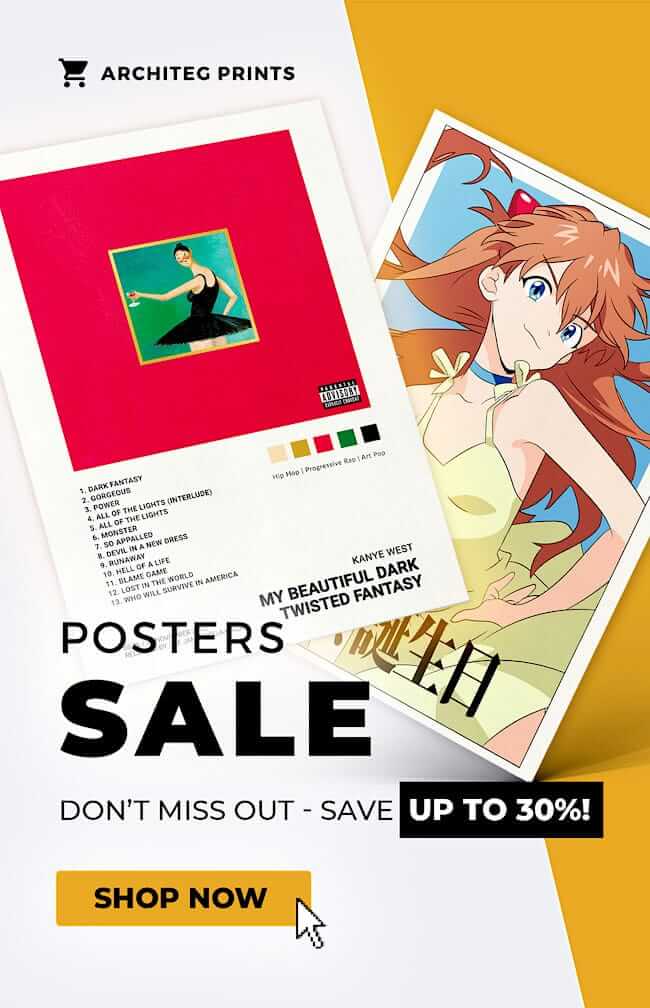 | DISCOUNTGET 30% OFF*Use code on your next order:
|
* This post may contain affiliate links, meaning we earn a commission if you make a purchase through these links, at no additional cost to you.



